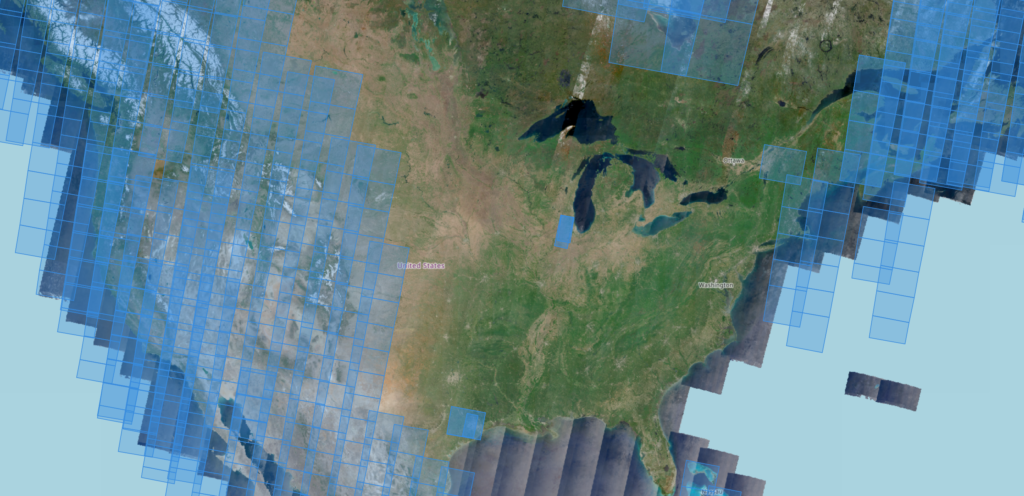The Copernicus Programme has previously announced that the replacement for the Sentinel-1B Synthetic Aperture Radar (SAR) satellite should occur on or about 03 December. This is a vital operation for the health of the Copernicus Earth Observing programme since Sentinel-1B suffered an instruments power supply failure on 23 December 2021. Sentinel-1C is schedule to launch aboard the ESA’s new Vega-C rocket and will be the second launch by this system.
A new replacement satellite, what does that mean for us practically?


ESA and Copernicus did a helluva job limiting the impacts of the unscheduled loss of Sentinel-1B but in these two images, you can clearly notice the lack of descending node orbits (Northeast to Southwest paths) over the central portion of the continent.. There are also fewer images collected over the western portion of the continent and entire collection gaps in Ontario and British Columbia. In fact, in this query on the Copernicus Browser, the 2021 collection returned more than 1600 images while querying for the same period in 2022 return only 900 images.
The descending node images were a major loss for me, as I use them for river ice monitoring in the Missouri River Basin and Northern Great Plains. The bonus on descending node images of course is that they are acquired during the ~11 to 12Z hours which in the Western Hemisphere occurs just after sunrise during the late winter and early spring. The ascending node images which occur twelve hours later image the rivers after a full day’s worth of solar heating, so snow melt and surface ice melt complicate discriminating between open water and ice.

Not only will the addition of the spacecraft increase collection opportunities, it has to be a stress relief for Sentinel-1A which has had to pick up the slack for the past 3 years in order to mitigate damage to research and operational requirements.
If your research or operations is dependent on this earth-observation platform, you will no doubt be joining me in celebrating the return of a second orbiter. God Speed Vega-C and the Sentinel-1C payload…we should call it Chuck.

No responses yet